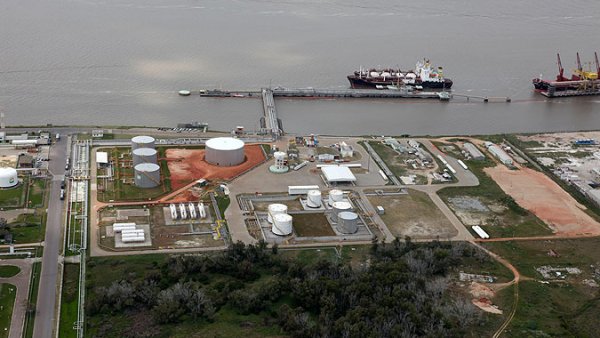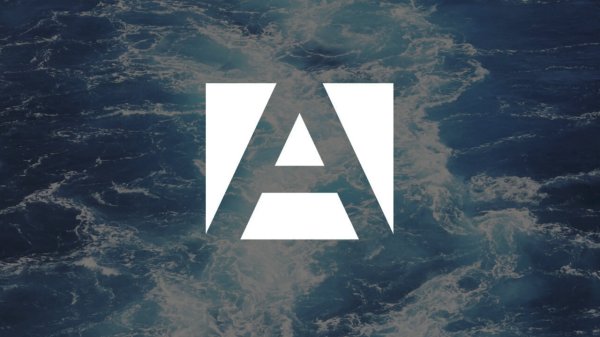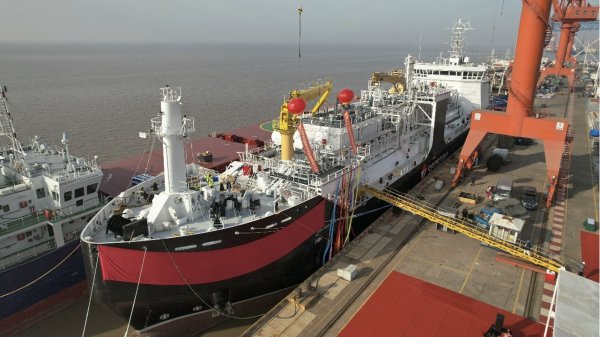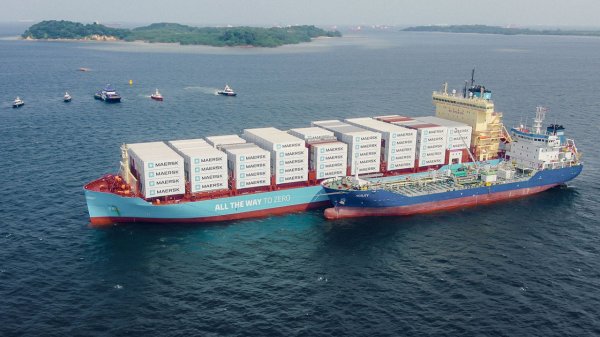VPS flash point distillate alerts already up to 10 - just one less than the whole of 2017
Follows a number of low flash point alerts in Europe and North America in recent months.
Veritas Petroleum Services (VPS) has issued a bunker alert for the Spanish port of Bilbao relating to the supply of distillates with a low flash point.
The development follows other low flash point distillate alerts by VPS in 2018 for Tallinn, Miami (2), New York, Skaw, Philadelphia (2), Le Havre and Corpus Christi - bringing this year's total so far to 10, with four in Europe and six in North America.
And with less than four-and-a-half months of the year gone, the total number of flash point distillate alerts is already just one less than the total amount issued by VPS during the whole of last year - 11.
Flash point: the most common quality issue for distillates
In a recent review of bunker alerts by VPS's Group Commercial & Business Development Director Steve Bee, a worldwide comparison of bunker alerts by test parameter showed that flash point was by far the most common quality issue for distillates last year, with 11 alerts, or 50 percent of all worldwide distillate warnings.
Also, of the 12 global flash point alerts issued in 2017, 11 were for distillates and only one for residual fuels.
Distillate alerts in Europe
Europe was the region to record the highest number of VPS distillate bunker alerts in 2017 with 14 warnings - or 63.6 percent of global distillate alerts.
VPS issued six flash point alerts for Europe in 2017, which represented half of all global warnings relating to flash point - with the other half flagged up in the Americas.
In a comparison with other quality issues in Europe last year, flash point was only beaten by cloud point with seven alerts.
The development follows other low flash point distillate alerts by VPS in 2018 for Tallinn, Miami (2), New York, Skaw, Philadelphia (2), Le Havre and Corpus Christi - bringing this year's total so far to 10, with four in Europe and six in North America.
And with less than four-and-a-half months of the year gone, the total number of flash point distillate alerts is already just one less than the total amount issued by VPS during the whole of last year - 11.
Flash point: the most common quality issue for distillates
In a recent review of bunker alerts by VPS's Group Commercial & Business Development Director Steve Bee, a worldwide comparison of bunker alerts by test parameter showed that flash point was by far the most common quality issue for distillates last year, with 11 alerts, or 50 percent of all worldwide distillate warnings.
Also, of the 12 global flash point alerts issued in 2017, 11 were for distillates and only one for residual fuels.
Distillate alerts in Europe
Europe was the region to record the highest number of VPS distillate bunker alerts in 2017 with 14 warnings - or 63.6 percent of global distillate alerts.
VPS issued six flash point alerts for Europe in 2017, which represented half of all global warnings relating to flash point - with the other half flagged up in the Americas.
In a comparison with other quality issues in Europe last year, flash point was only beaten by cloud point with seven alerts.

|
VARO Energy expands renewable portfolio with Preem acquisition
All-cash transaction expected to complete in the latter half of 2025. |
|
|
|
||

|
NYK trials biofuel in milestone coal carrier test
Vessel is used to test biofuel for domestic utility company. |
|
|
|
||

|
H-Line Shipping orders LNG bunkering vessel
Vessel with 18,000-cbm capacity to run on both LNG and MDO. |
|
|
|
||

|
How to engineer and manage green shipping fuels | Stanley George, VPS
Effective management strategies and insights for evolving fuel use. |
|
|
|
||

|
Swedish government bans scrubber wastewater discharges
Discharges from open-loop scrubbers to be prohibited in Swedish waters from July 2025. |
|
|
|
||

|
MAN Energy Solutions achieves 100% load milestone for ammonia engine
Latest tests validate fuel injection system throughout the entire load curve. |
|
|
|
||

|
Petrobras secures ISCC EU RED certification for B24 biofuel blend at Rio Grande
Blend consisting of 24% FAME is said to have been rigorously tested to meet international standards. |
|
|
|
||

|
Stolt-Nielsen to fully control Avenir LNG with acquisition
Share purchase agreement to buy all shares from Golar LNG and Aequitas. |
|
|
|
||

|
Bureau Veritas supports launch of CIMC SOE's LNG bunkering vessel
Handover of Seaspan Energy's cutting-edge 7,600-cbm vessel completed. |
|
|
|
||

|
Methanol as a marine fuel | Steve Bee, VPS
How environmental legislation has driven the development of low-sulphur fuels and methanol-ready ships. |
|
|
|
||
Related Links
- · Global sulphur levels for residual fuels rose to six-year high in 2017: MEPC [Insights]
- · Historical review of VPS Bunker Alerts: Steve Bee [Insights]
- · A bright future for low-flashpoint fuels? [Insights]
- · A 2017 review of VPS bunker alerts [Insights]
- · Spain [Directory]
- · Bilbao [Directory]

